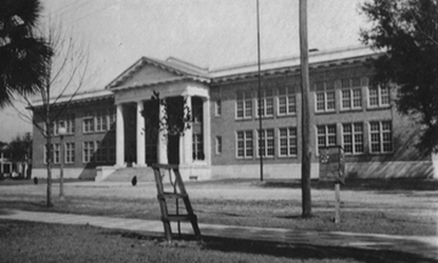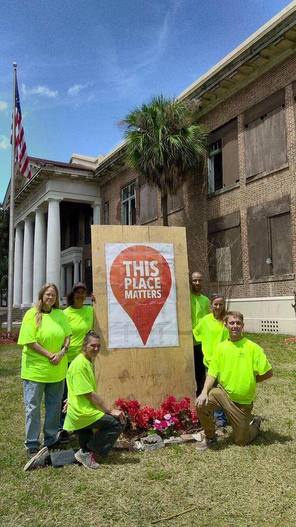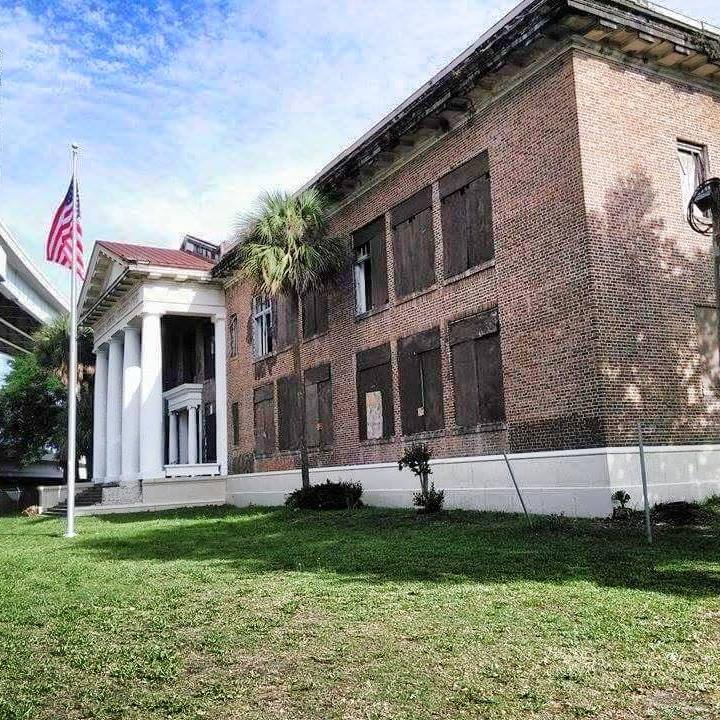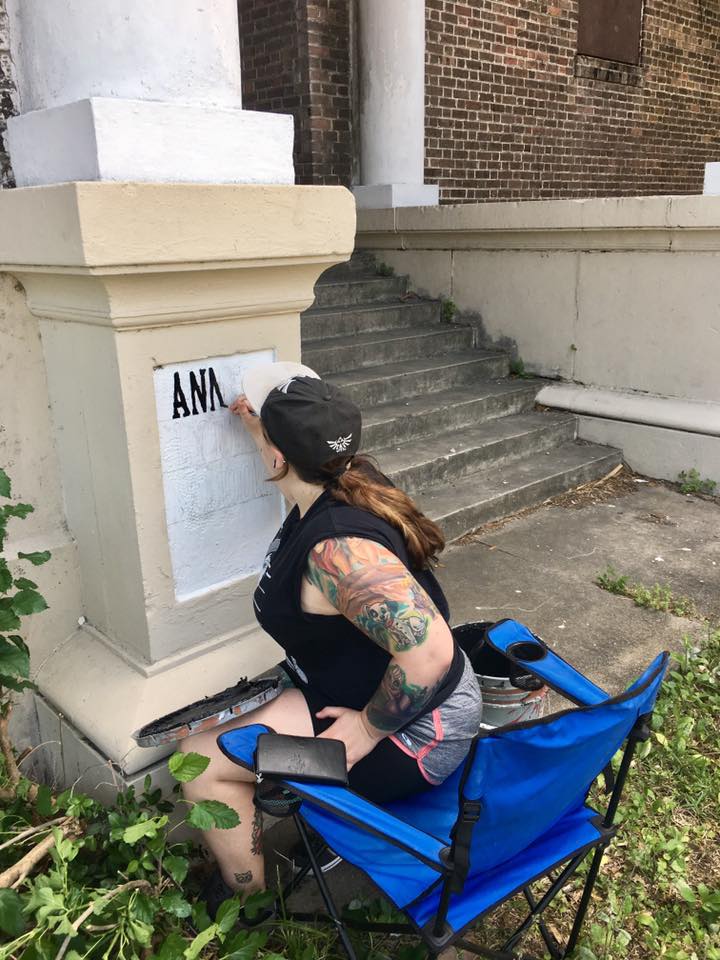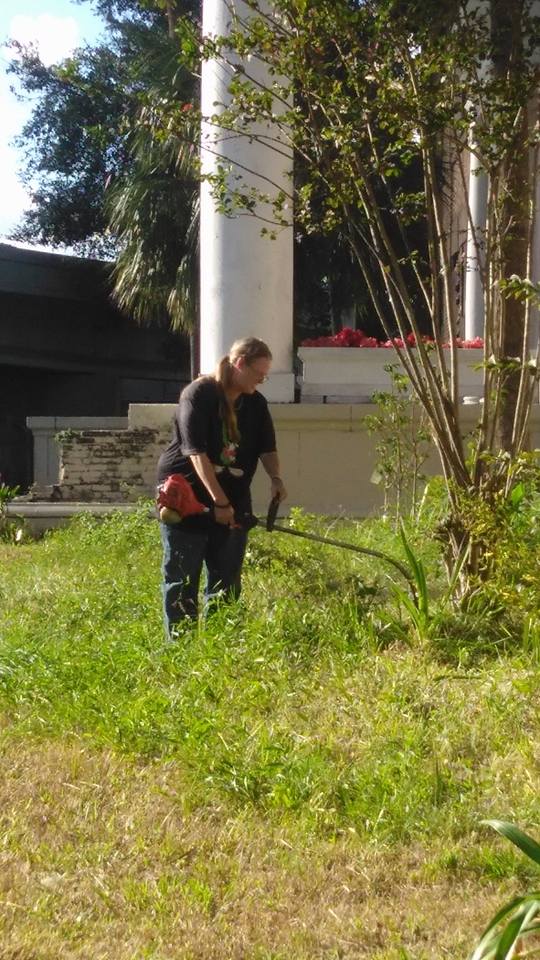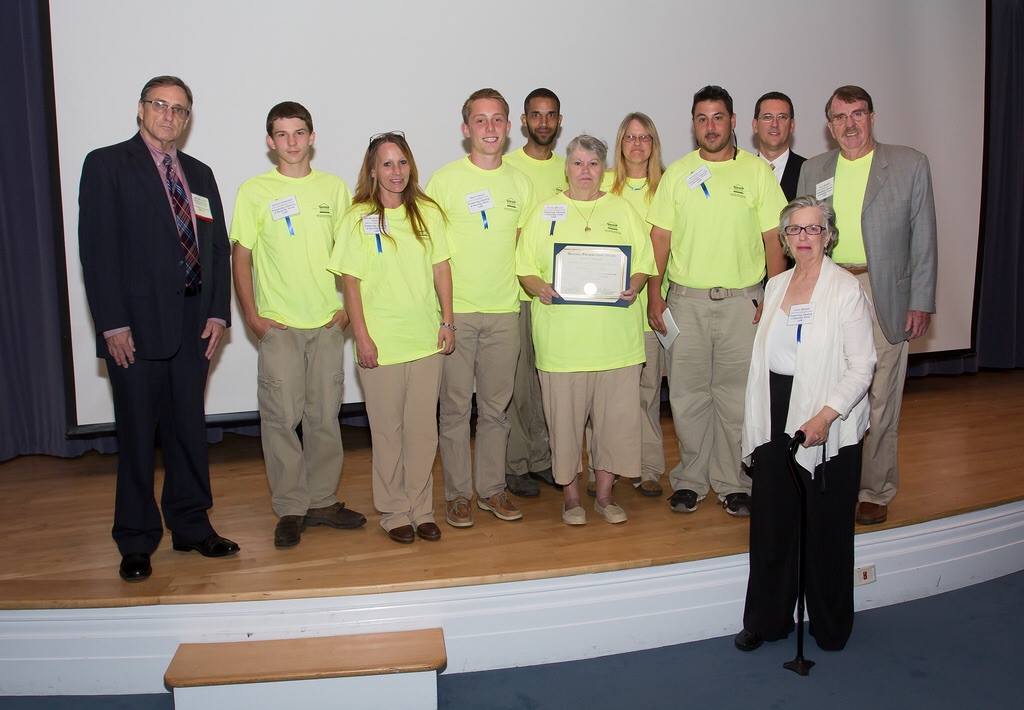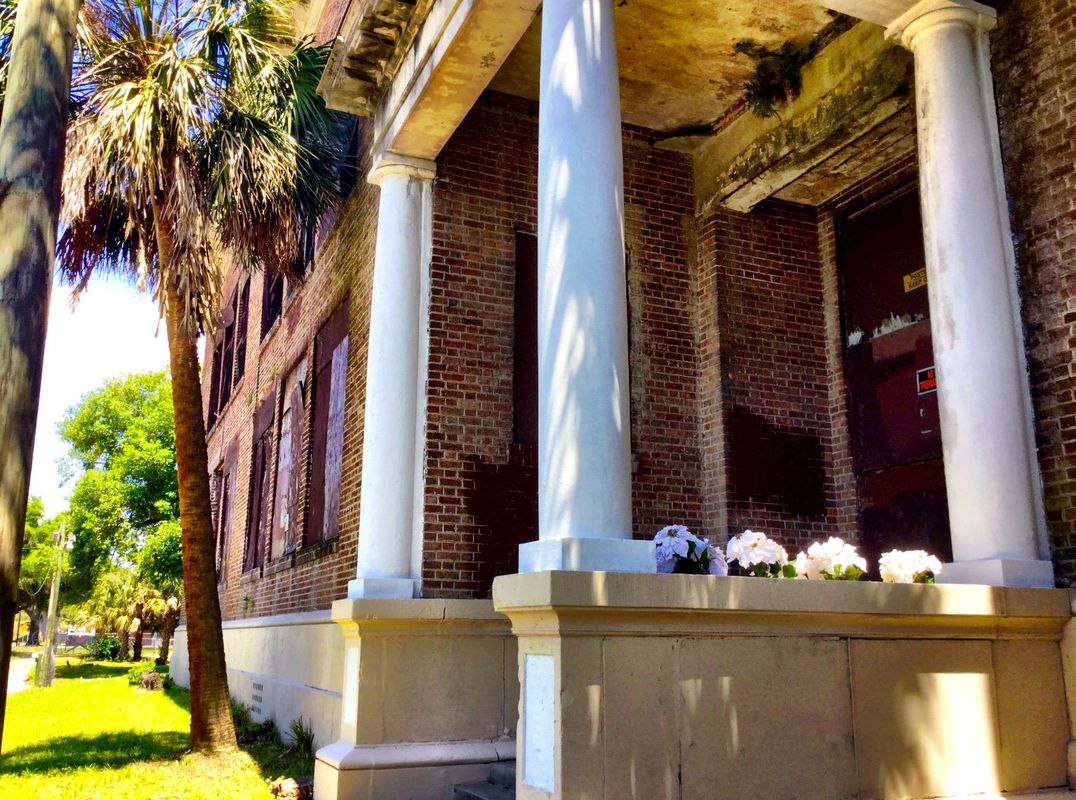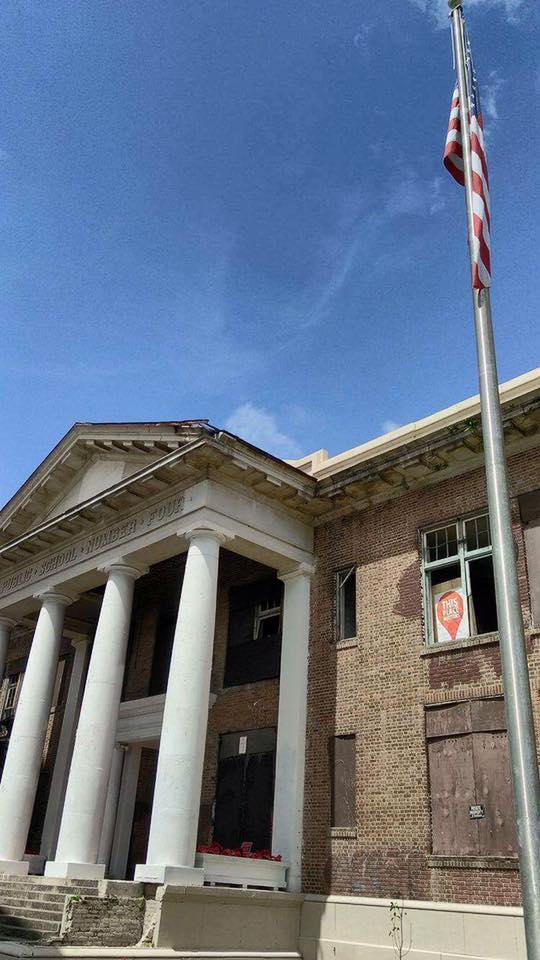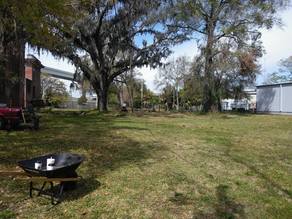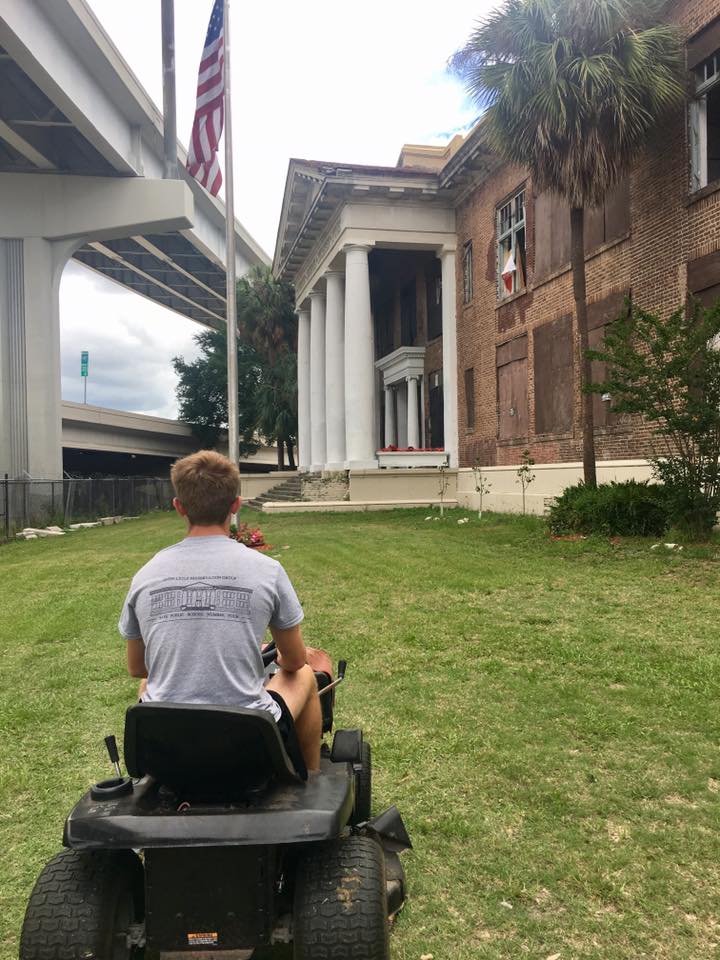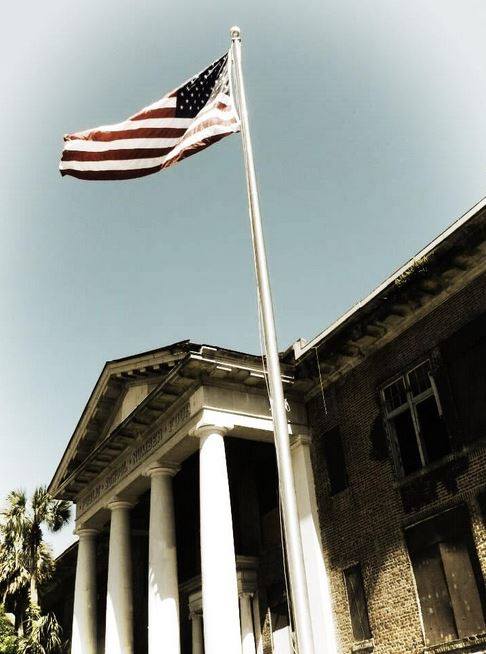The Beginning......
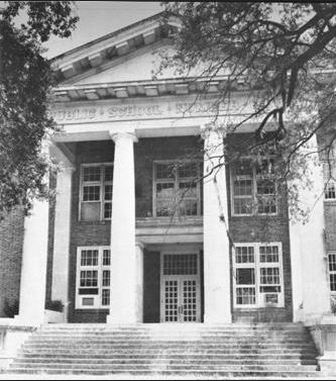
Public School Number Four started out as a small boxy wooden-framed school house in 1891 called Riverside Park School. Along with the population increase, it installed many additions until it was deemed a fire hazard and was suited unstable. In 1915, Duval County voters passed a one million dollar bond to build more than a dozen new brick school houses, Public School Number Four being one of them. The new building was designed by architect Rutledge Holmes, who also developed the Sweet Pete's Candy Shop on Hogan Street and the old Duval County Armory. The school was built by the Florida Engineering and Construction Company, it was completed in 1917. It is decorated with Columns and Cornices on 3 sides of the building and it's capital, typical of the Neoclassic design. This thick brick structure was created with the idea of being almost completely fireproof, most of the building is poured concrete. With the thought of the Great Fire of 1901 still present in the minds of the School's developers, they wanted to make sure the building could survive anything life could throw at it. Today, at a century-old , the school has stood the test of time.
|
Inscribed "Public School Number Four" on the capital of the building, This brick school house has been through a change of name over the years! It was never referred to as "Public School Number 4" but rather it was there to show that it was Duval County's fourth public school house. In the early life of Public School Number Four, it was called Riverside Grammar School up until about 1950 when they renamed the school to Annie Lytle School after a long timed teacher and principal, Annie Lytle Housh.
|
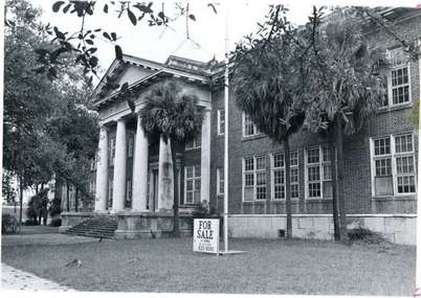
From the late 1960's to early 1970's, the school was used as administration offices and a place for storage. Public School Number Four went up for sale around 1975 and briefly became Central Christian School. This would be the last time Public School Number Four would be used as a school and has since sat vacant.
Interviews with Former Students and Workers of Annie Lytle Elementary
Did you go to the school?
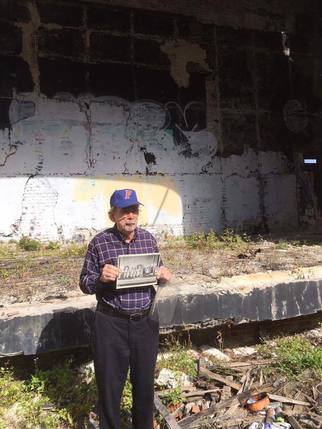 Edward Pate, a former student, holding a picture of him and his classmates performing a production on stage from when he attended school in the 1940s
Edward Pate, a former student, holding a picture of him and his classmates performing a production on stage from when he attended school in the 1940s
We only find out the true history of this building when stories from people who experienced it all first hand tell them to us! Please, share any memories you have from your time in school growing up. we would love to hear it! If you have any pictures of the school from back in the day, let us know! We can put it in our Archives!
Annie Lytle Housh: A Teacher, A Principal...
Born December 31,1871, Annie Lytle Housh lived in Ohio and later moved to Jacksonville where she began to teach at Riverside Grammar School at the young age of 18. Referred to as "Miss Annie," she became principal of the school and held that position for 35 years. Miss Annie was considered a strict disciplinarian and was known for having the students line up and march to class every day to John Phillip Sousa's Stars and Stripes Forever and Washington Post March which was played on a Victrola out in the front hall. It wasn't until after Miss Annie left, that the school was renamed Annie Lytle Elementary School. Annie Lytle Housh passed away February 21,1957.
Public School Number Four: the start in a new century ......
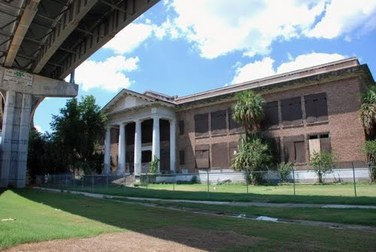
Around 2000, plans of renovating the School into a Condominium development called Lytle Place Condominiums almost became reality. Some of the units were sold before construction was scheduled to begin. Replacement of the Fuller Warren Bridge, elevating the approaches, and the I-10 / I-95 interchange replacement, adding a flyover which was situated, literally feet from the School , caused, in part, plans to fall through making Lytle Place Condominiums a failed effort to refurbish the building. Subsequent plans have for various reasons, failed and the school remains vacant .
Today the school stands isolated by the elevated lanes of I-95. It sits waiting for help to come its way. People are constantly breaking and entering the building spray painting over walls and old chalk boards. Public School Number Four is in deteriorating condition inside, having suffered several fires, one of which burned through the two admin offices in the front of the school.
A leak in the roof of the Auditorium caused support beams to rot, leading to the failure of the roof. A fire in January of 2012 believed to be set by arson caused a remaining part of the roof to fail now leaving the entire auditorium roofless except for directly over the stage. Since the 2012 fire the debris of the failed roof has been removed from the building.
Today the school stands isolated by the elevated lanes of I-95. It sits waiting for help to come its way. People are constantly breaking and entering the building spray painting over walls and old chalk boards. Public School Number Four is in deteriorating condition inside, having suffered several fires, one of which burned through the two admin offices in the front of the school.
A leak in the roof of the Auditorium caused support beams to rot, leading to the failure of the roof. A fire in January of 2012 believed to be set by arson caused a remaining part of the roof to fail now leaving the entire auditorium roofless except for directly over the stage. Since the 2012 fire the debris of the failed roof has been removed from the building.
100 years later: Preservation efforts going strong
DEterioration inside the School....
You can do all things through Christ who gives you strength. ~Philippians 4:13
